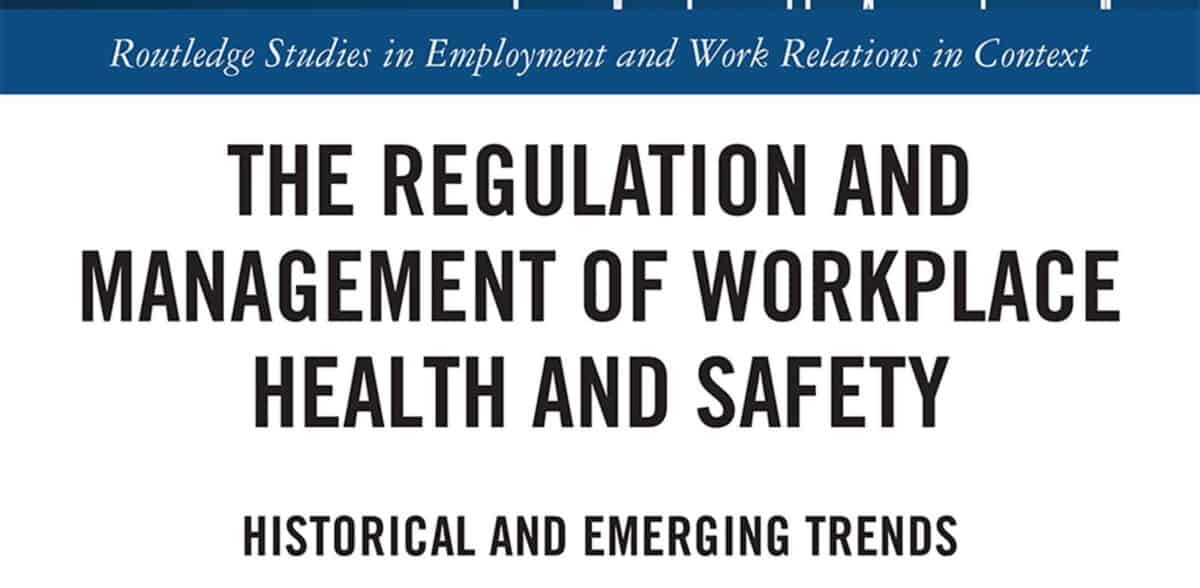Political point-scoring misses the point
Last week the Australian Financial Review (AFR) caused a bit of a political stink by reporting that: “….Australian Bureau of Statistics figures show the share of casual employment was 22.8 per cent in February – 1.3 percentage points lower than in February 2020, just before the pandemic hit the economy.The casualisation rate is 4.8 percentage …






